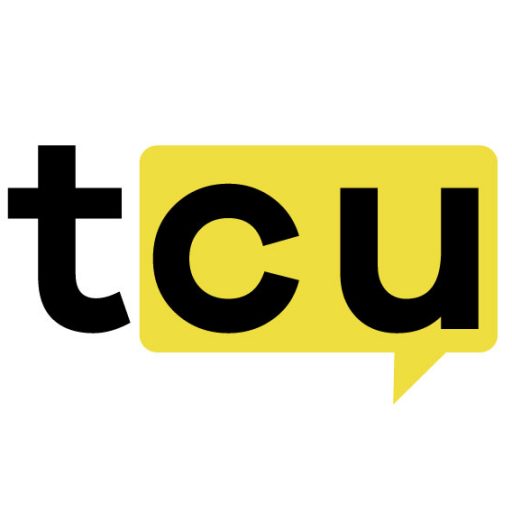So, Vitalik Buterin laid out the new roadmap for Ethereum today. He was speaking at a developer conference in Japan, and it sounds like the plan is pretty comprehensive, covering what’s next for the network in the short, medium, and long term. It wasn’t just a bunch of lofty ideas, either. He got into the weeds on how they actually plan to get this stuff done.
The main themes were pretty much what you’d expect, but maybe a bit more urgent now. Scalability, making different layers work together smoothly, and then the big ones: privacy and security. Those last two feel like they’re moving up the priority list, which makes sense.
The Immediate Focus: Gas Limits and L1
Right now, the short-term game is all about the main Ethereum chain, what they call Layer 1. The big goal is to raise the gas limits. But they have to do it carefully. The trick is boosting how much the network can handle without sacrificing its decentralized nature. Buterin mentioned a few tools they’re looking at to make it happen. Things like block-level access lists and some tweaks they’re calling ZK-EVMs. It’s all pretty technical, but the aim is straightforward: more capacity, same core principles.
Connecting Everything and Speeding It Up
Looking a bit further out, the focus shifts to how all these Layer-2 networks talk to each other. The medium-term plan is to make trustless transfers between them a reality. That’s a big deal. They’re also aiming for something called faster “finality,” which basically means you can be sure a transaction is truly done much more quickly. They’re talking about “Stage 2 Rollup” solutions and shortening slot times. For the average user, this should just mean a smoother, less frustrating experience. Fewer delays, lower costs. Hopefully.
A New Emphasis on Privacy
This one stood out. Buterin made it clear that privacy isn’t some distant dream; it’s a priority for both now and the near future. We’re talking about shielding your on-chain activity—payments, voting, even changes to your account. The ideas on the table include zero-knowledge proofs and anonymous pools. They’re even looking at ways to hide data access patterns when someone needs to read info from the chain. It’s about giving users more control, making things less transparent to just anyone who’s looking.
The Long Game: Simplicity and Security
The final part of the vision is about getting back to basics, but in a more advanced way. The long-term goal is a minimalist Ethereum. One that’s secure and, perhaps ironically, simpler to maintain. This involves future-proofing against threats we’re only starting to understand, like quantum computing. They’re also looking at securing the protocol with formal verification, which is a mathematical way of proving the code is sound.
The overall idea is to build an infrastructure that doesn’t just work, but that people can actually rely on for serious things. It’s about needing to trust the system itself a whole lot more, and third parties a whole lot less. If they pull it off, it could be the foundation for a lot more than just crypto.
![]()


